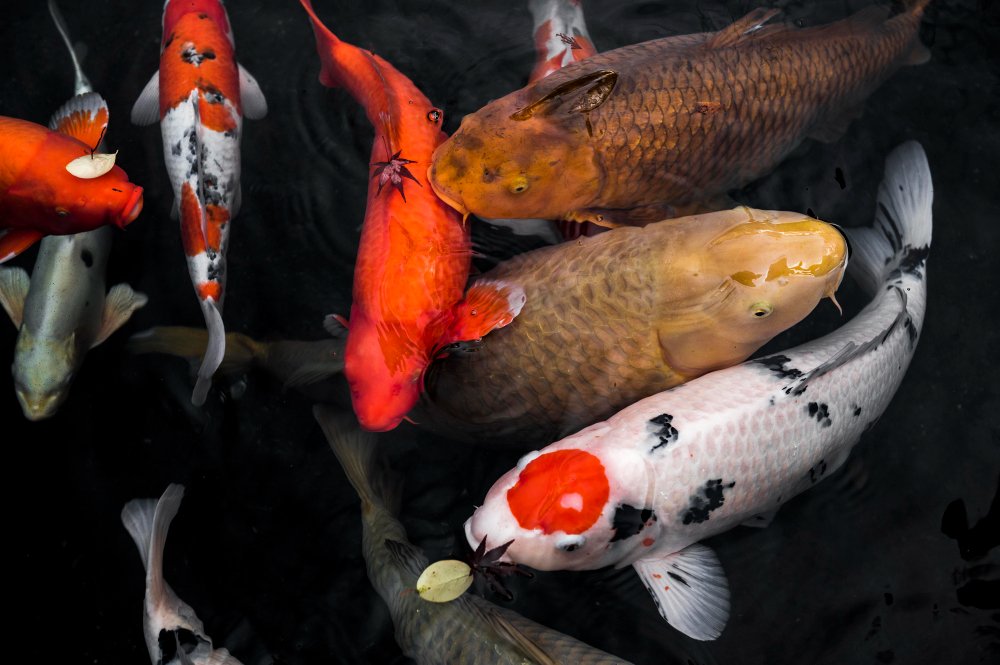
Why Are Koi Fish So Expensive? Unveiling the Luxury of Living Art
Koi fish are more than just aquatic creatures; they’re living works of art, symbols of prosperity, and the pride of collectors worldwide. But why do these elegant swimmers come with such hefty price tags? Let’s explore the reasons behind their high cost, their cultural significance, and what makes them a coveted treasure.
Introduction to Koi Fish: A Legacy of Elegance Why Are Koi Fish So Expensive?
The Origins of Koi Fish
Koi fish, or Nishikigoi, trace their roots back to Japan over 200 years ago. Initially bred from common carp, these colorful marvels became a cultural phenomenon, representing perseverance and strength.
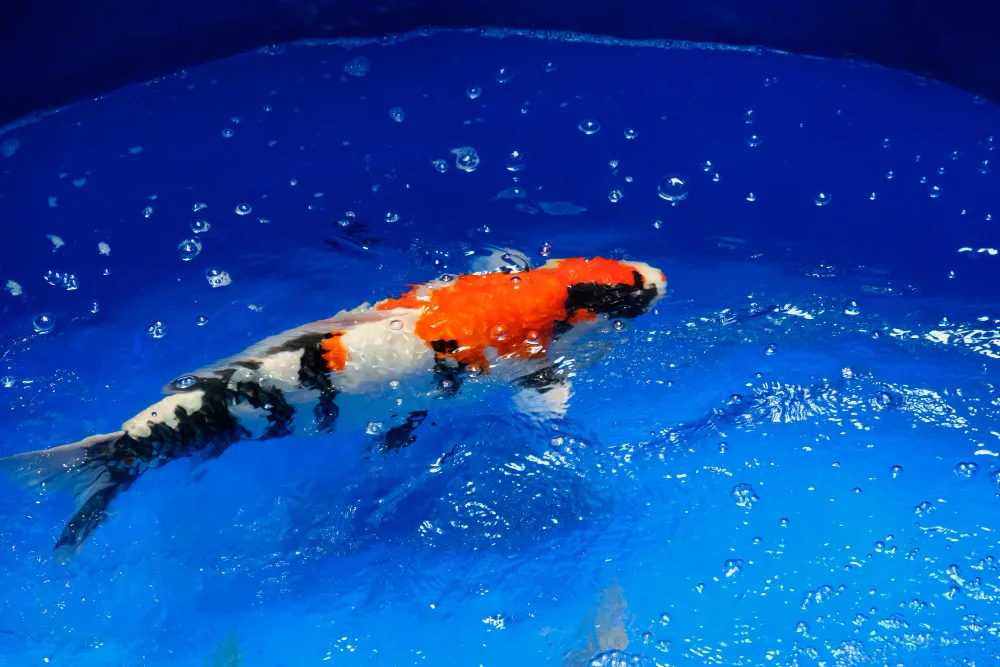
The Cultural Importance of Koi
In Japan, koi symbolize good fortune, success, and spiritual enlightenment. They’ve since become global icons of peace and abundance, adorning gardens, temples, and luxury estates worldwide.
The Unique Allure of Koi Fish Why Are Koi Fish So Expensive?
An Array of Vibrant Colors and Patterns
From fiery orange and white Kohaku to shimmering platinum Ogon, koi fish are celebrated for their striking color palettes and intricate patterns. Each koi is unique, making it a living masterpiece.
Selective Breeding: The Craft of Perfection
Koi breeding is an art form. Breeders painstakingly select parents to produce offspring with desired traits, ensuring generations of exquisite fish with flawless patterns and vibrant hues.
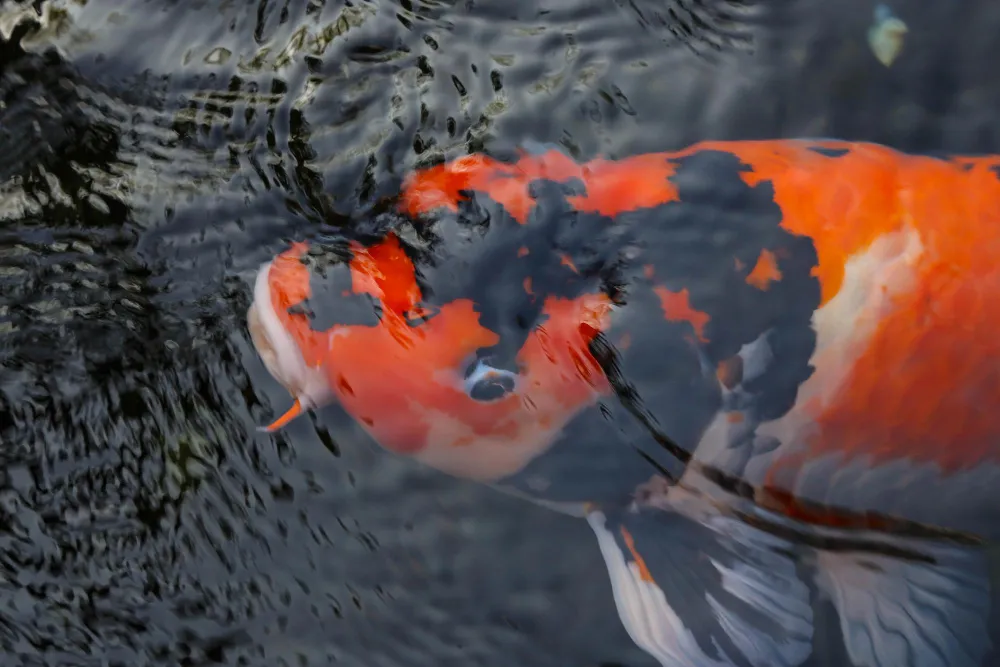
Why Are Koi Fish So Expensive? Breaking Down the Factors
Rare Varieties with Exclusive Traits
Certain koi types, like Tancho (noted for its red “sun” on the head) or Showa (a blend of black, white, and red), are rare and highly sought after, driving their prices skyward.
High-Quality Genetics
Koi with impeccable lineage and genetic purity fetch higher prices. Premium koi are often the result of decades of refined breeding practices.
Intensive Rearing and Care
Breeding koi involves meticulous care, from maintaining water quality to providing specialized nutrition. These efforts increase the cost but guarantee a healthy, vibrant fish.
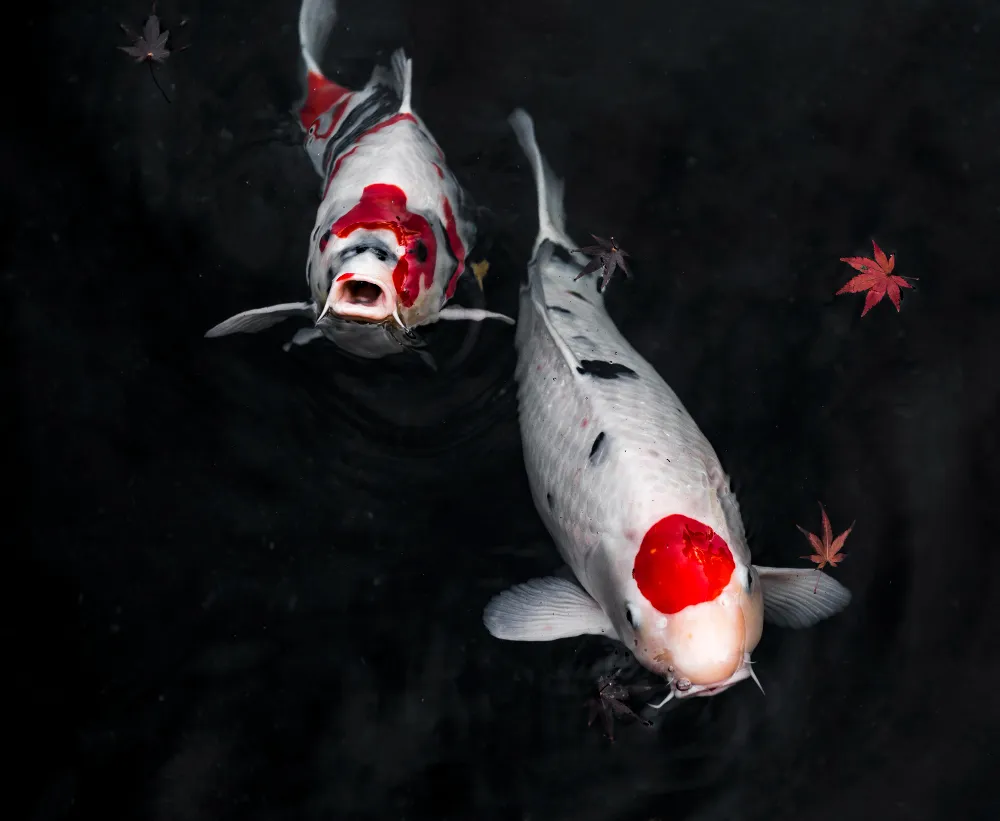
How Experts Evaluate Koi Fish Why Are Koi Fish So Expensive?
Koi Shows and Competitions
Koi fish are judged at prestigious shows for their symmetry, color vibrancy, and overall health. Winning koi can see their value multiply overnight.
Grading Systems and Standards
Koi are graded into categories, from pond-grade to show-grade. Only the best koi—those with perfect patterns, vivid colors, and excellent proportions—achieve the highest grades.
The Hidden Costs of Owning Koi Fish
Specialized Koi Ponds
A proper koi pond is more than a body of water; it’s a meticulously designed habitat with advanced filtration systems, precise depth, and controlled temperatures to keep koi thriving.
Premium Nutrition and Health Care
Feeding koi requires high-quality, nutrient-rich food to enhance their color and longevity. Routine health checks and treatments for parasites or infections are also essential.
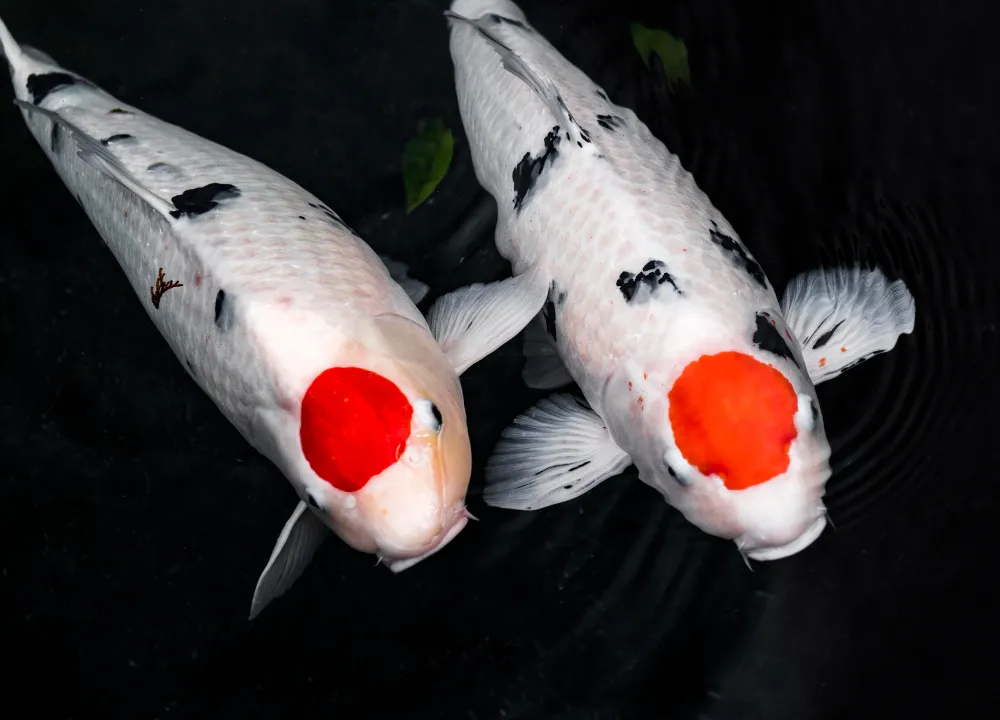
The Emotional Value of Koi Fish Why Are Koi Fish So Expensive?
Aesthetic Appeal
Koi ponds transform gardens into tranquil sanctuaries. Their graceful movements and vibrant colors add an element of serenity to any space.
Symbolism and Personal Connection
For many, koi represent resilience, prosperity, and harmony. They’re more than pets—they’re an emotional and spiritual investment.
The Koi Industry: A Global Powerhouse
Demand for Japanese Koi
Japan remains the epicenter of high-quality koi breeding. Nishikigoi from Japan are prized worldwide, often commanding premium prices.
Global Market Trends
Countries like China, the United States, and Europe have growing koi markets, further driving demand and influencing pricing.
Tips for Choosing Your First Koi
Identifying a High-Quality Koi
Look for balanced patterns, vibrant colors, and a healthy, energetic demeanor. Ensure the fish has no visible deformities or signs of illness.
Finding Reputable Breeders
Trusted breeders offer guarantees of quality and lineage. Always research and visit facilities to ensure ethical breeding practices.
How Koi Fish Influence Personal and Financial Investments
Artistic and Spiritual Investment
For enthusiasts, koi ponds are a reflection of their aesthetic and spiritual values, offering a sense of peace and fulfillment.
Financial Value Over Time
Certain koi appreciate in value, making them a potential long-term investment. Rare, high-quality koi can even become heirlooms.
FAQs: Everything You Need to Know About Expensive Koi Fish
1. Why are koi fish so expensive?
Koi fish are expensive due to their rarity, high-quality genetics, selective breeding, and the significant costs associated with their care.
2. What is the most expensive koi fish in the world?
“S Legend,” a Kohaku koi, holds the record at $1.8 million, showcasing the value collectors place on perfect specimens.
3. Are all koi fish expensive?
Not all koi fish are pricey. Pond-grade koi are affordable, but show-grade koi with flawless traits can cost thousands or even millions.
4. How do I care for an expensive koi fish?
Maintain a clean, well-designed pond, provide premium nutrition, and schedule regular health check-ups to ensure your koi thrives.
5. Is owning koi fish worth it?
For enthusiasts, the beauty, symbolism, and serenity koi bring make them worth the investment. They’re more than fish—they’re a lifestyle.
You may also like
- https://giobelkoicenter.com/koi-fish-butterfly/
- https://giobelkoicenter.com/how-much-do-koi-fish-cost/
- https://giobelkoicenter.com/koi-fish-tattoo-designs/
- https://giobelkoicenter.com/koi-fish-dragon/
- https://giobelkoicenter.com/how-to-make-goldfish-grow-faster/
- https://giobelkoicenter.com/understanding-and-treating-bloated-koi-fish/
Table of Contents
Passionate about fish keeping since elementary school in the 1980s, Giovanni Carlo has dedicated countless hours to collecting and breeding a diverse array of ornamental freshwater fish. From vibrant guppies and majestic koi to striking bettas and classic goldfish, he continues to explore the fascinating world of aquatics, sharing knowledge and enthusiasm with fellow fish enthusiasts.